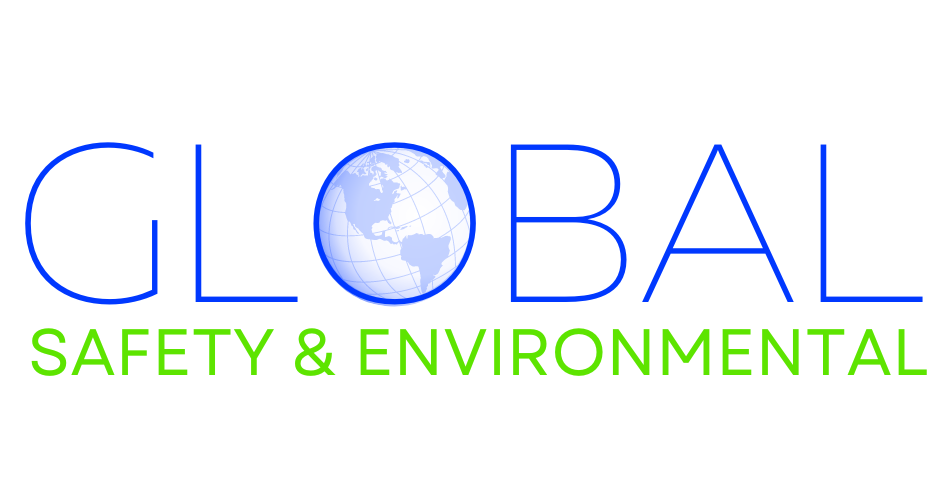Housekeeping and Waste Management
Construction sites are inherently busy environments with constant movement of materials, tools, and workers. However, clutter and debris can quickly accumulate, creating safety hazards and hindering productivity. Effective housekeeping and waste management practices are essential for maintaining a safe and efficient work environment.
The Importance of Housekeeping:
- Reduced Trip and Fall Hazards: Cluttered walkways, uneven surfaces caused by debris piles, and scattered tools or materials can all lead to slips, trips, and falls – a leading cause of construction site injuries. Maintaining a clean and organized work area significantly reduces these risks.
- Improved Safety Awareness: A clean and organized worksite fosters a culture of safety awareness. Workers are less likely to become complacent when hazards are readily visible and addressed promptly.
- Enhanced Efficiency and Productivity: Disorganized workplaces waste time. Workers spend time searching for misplaced tools or materials, and navigating cluttered pathways can slow down progress. Good housekeeping practices ensure everything has a designated place, improving efficiency and productivity.
- Reduced Fire Risk: Accumulation of flammable debris like wood scraps, rags, or packaging materials can create fuel for potential fires. Regular cleaning and proper waste disposal minimize fire hazards.
Maintaining a Clean Worksite:
- Designated Work Areas: Establish designated work areas for different tasks. This helps prevent clutter and ensures workers know where to find specific tools and materials.
- Waste Segregation and Disposal: Implement a waste segregation system. Separate recyclable materials like metal or plastic from general waste. Dispose of hazardous waste like paint, solvents, or used oil according to local regulations. Clearly label waste bins to avoid confusion.
- Regular Cleaning: Schedule regular cleaning routines throughout the workday. Workers should clean up their own work areas at the end of each shift. This includes sweeping debris, putting tools away, and stacking materials securely.
- Spill Response: Develop a plan for addressing spills of liquids or hazardous materials. Train workers on proper spill clean-up procedures to prevent slips or contamination.
Effective Waste Management Strategies:
- Waste Reduction: Whenever possible, prioritize waste reduction strategies. Use reusable materials where practical and explore options for minimizing packaging on delivered supplies.
- Material Reuse: Salvage usable scrap materials whenever possible. For example, lumber cutoffs can be used for smaller projects. Reusing materials reduces waste and saves costs.
- Recycling Programs: Implement recycling programs for materials like concrete, metal, or plastic that can be reused in construction projects or other applications. Recycling reduces the environmental impact of construction waste.
Effective communication and cooperation are paramount for successful housekeeping and waste management. Workers should report any overflowing waste bins, hazardous materials spills, or cluttered walkways to their supervisor immediately. Teamwork is essential for maintaining a clean and organized worksite. Hold regular toolbox talks to discuss the importance of housekeeping and waste management, and encourage workers to take ownership of their role in creating a safe and efficient work environment.
By implementing these housekeeping and waste management practices, construction companies can foster a safer and more productive work environment for everyone on the job site. Remember, a clean and organized workspace is not just about aesthetics; it’s a critical component of a comprehensive safety program that prioritizes the well-being of workers and promotes a culture of responsibility and environmental awareness.
